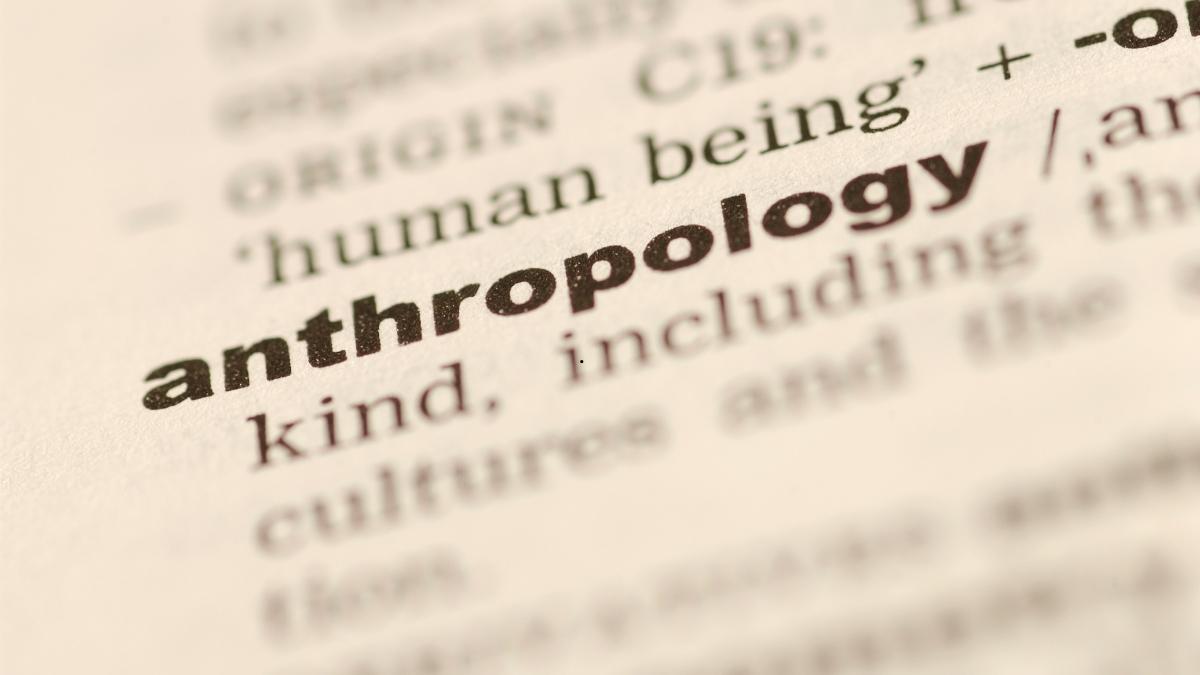Table of Contents
Anthropology is among those subjects which have seen a higher interest among students in recent times. Therefore for the students who aspiring admission into the Anthropology subject related courses, NTA has released the uploaded CUET Syllabus at its official website. All the students can now visit the official website of NTA at https://exams.nta.ac.in/CUET-UG/ to download the CUET Anthropology Syllabus 2025. To direct link connecting with the CUET Anthropology Syllabus 2025 is added in the article below.
CUET Anthropology Exam 2025
The CUET 2025 Exam for Anthropology subject is a test for students who want to study anthropology at the undergraduate level. Anthropology is the study of human cultures, societies, and their development over time. This exam checks how well students understand various topics related to human evolution, cultures, and societies. From the last year, onwards the NTA has now decided to conduct the Common University Entrance Test (CUET) UG in hybrid mode (i.e., Computer-based test & Pen-Paper mode).
CUET UG Anthropology Syllabus 2025
The CUET UG Anthropology syllabus covers the study of humans and their ancestors. It includes topics such as human evolution, cultural practices, and how societies develop. Students learn about different cultures, their customs, and how they change over time. The syllabus also includes understanding human biology and how it relates to behavior and societies.
Key areas are the physical and cultural development of humans, including their social structures and traditions. This CUET Syllabus helps students grasp how humans adapt to different environments and how their cultures have evolved. Overall, the syllabus aims to give students a broad understanding of human diversity and evolution.
CUET Anthropology Syllabus Overview
The CUET UG Anthropology syllabus has five main sections. These sections include important topics that help students understand the subject better. The syllabus is well-structured, making it easier to study and prepare for the exam. It covers five units, each focusing on key ideas and theories in anthropology. These topics are important for students at the UG level. The syllabus helps students learn about human evolution, society, culture, and other basic concepts in anthropology.
- Physical Anthropology
- Prehistoric Archaeology
- Material culture and economic Anthropology
- Social Anthropology and Ethnography
- Ecology
CUET UG Anthropology Unit Wise Syllabus
The CUET Anthropology syllabus focuses on human life and culture. It starts with basic anthropology, human evolution, and different societies. Students study physical anthropology (human body), archaeology (past cultures), social and cultural anthropology (how societies function), and linguistics (languages). These topics explain how humans evolved and how societies live. The syllabus gives a broad understanding of humanity, covering all aspects of human life and culture.
Unit 1: Physical Anthropology
- Preliminary knowledge of Human genetics. Mendel’s Laws of Heredity Monohybrid and Dihybrid Ratio.
- Definition of Race and Racial criteria, the significance of skin color, Eye form, and color, Head form, and ABa blood groups as racial criteria.
- Racial classification, distinctive physical features, and geographical distribution of the major racial groups of men: Caucasoid, Mongoloid, Negroid, and Australoid.
Unit 2: Prehistoric Archaeology
- Tool Making: Techniques of manufacturing core and flake tools, primary and secondary flaking, pressure flaking, grinding, and polishing. Materials used in making prehistoric tools.
- Tool families: Pebble tools, Handaxe, Cleaver, Scrapers, Microliths, Points, Blades, Awl, Graver, Celts, Sickles, Spearhead, Arrow-head, and Bone tools.
- Prehistoric Cultures: A brief outline of the following prehistoric cultures of the Paleolithic, Mesolithic, and Neolithic periods-
- A comparative study of the salient features of Paleolithic and Neolithic cultures.
Unit 3: Material culture and economic Anthropology
- Economic life: meaning and aspects, characteristic features of the primitive or simple economic system.
- Subsistence economy: domestication of animals- pastoralism, agriculture-shifting cultivation, horticulture, terrace cultivation, and plough cultivation.
- A brief outline of the methods of hunting, fishing, and agriculture with reference to Various communities of North East India as far as practicable.
Unit 4: Social Anthropology and Ethnography
- A: Social Anthropology :
- Family: Definition, forms, and types: nuclear family, joint family, a family of orientation, family of procreation, monogamous and polygamous (polygynous and polyandrous).
- Clustered relationship in a nuclear family.
- Rules of residence: Patrilocal, matrilocal, neolocal, avancolocal, bi – local, matripatri local.
Rules of descent: Patrilineal and matrilineal descent. - Functions of family, social nature of family.
- B: Ethnography :
- A brief outline of the land and people of North-East India.
- Study of material culture and economic life of the following communities
- The Garo: Shifting or Jhum cultivation.
- The Mishing: Plough cultivation
- A study of the social organization of the Ao Naga and the Apatani.
Unit 5: Ecology
- Meaning and definition of ecology and environment.
- Elements of the environment: Solid, liquid, and gas.
- Physical or abiotic environment, biological or biotic environment, and socio-cultural environment.
- Man is the main agent to disturb the ecological balance.
CUET Anthropology Exam Pattern 2025
The CUET Anthropology exam checks what you know about humans, their cultures, societies, and how they have evolved. It includes multiple-choice questions on topics like the study of cultures, ancient human remains, and the biology of humans. The exam usually takes two hours and has different sections that focus on various parts of anthropology.
You will need to be familiar with important ideas, theories, and well-known anthropologists to do well. The test covers areas like cultural anthropology, archaeology, and biological anthropology, so understanding the basics in each of these areas is important.
| CUET Anthropology Exam Pattern 2025 | |
| Conducting Body | National Testing Agency [NTA] |
| Name of Examination | CUET UG Anthropology Examination 2025 |
| Full Form | Common University Entrance Test Undergraduate Anthropology Examination 2025 |
| Language of Examination | 13 languages – English, Hindi, Assamese, Bengali, Gujarati, Kannada, Malayalam, Marathi, Odia, Punjabi, Tamil, Telugu, and Urdu |
| Type of Question | Multiple Choice Questions (MCQs) |
| Total no. of Question | 50 Questions to be attempted out of 60 |
| Duration of exam | 45 minutes |
| Marking Scheme | +5 for each correct answer -1 for each incorrect answer |
| CUET Anthropology Mapping for Courses | Bachelor of Science B.Sc. (Biology) (Anthropology), Bachelor of Arts in Anthropology, Bachelor of Science (BSc) in Anthropology (Honours / Research), BA (Hons) in Anthropology, Integrated B.A. and M.A. in Anthropology |





 CUET Eligibility Criteria 2025: Age Limi...
CUET Eligibility Criteria 2025: Age Limi...
 CUET UG 2025: Most Important 50 Question...
CUET UG 2025: Most Important 50 Question...
 CUET 2025 Exam Day Instructions and Guid...
CUET 2025 Exam Day Instructions and Guid...



